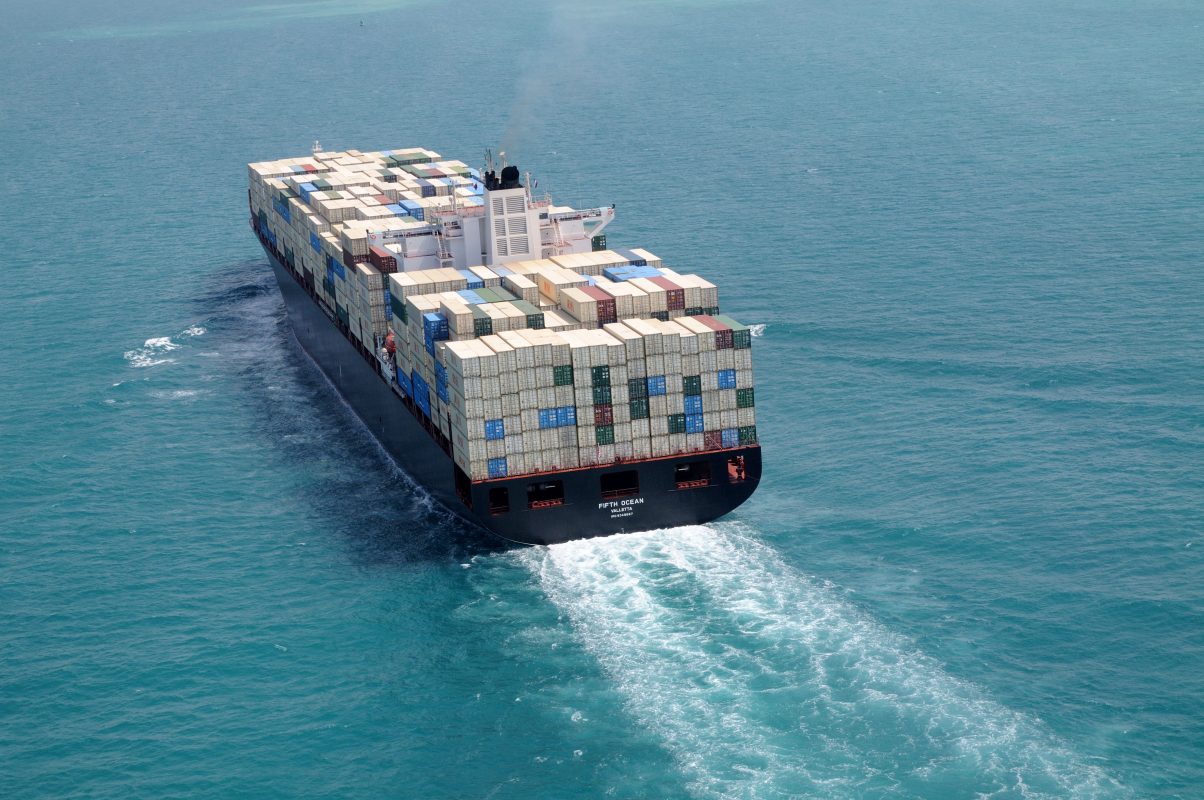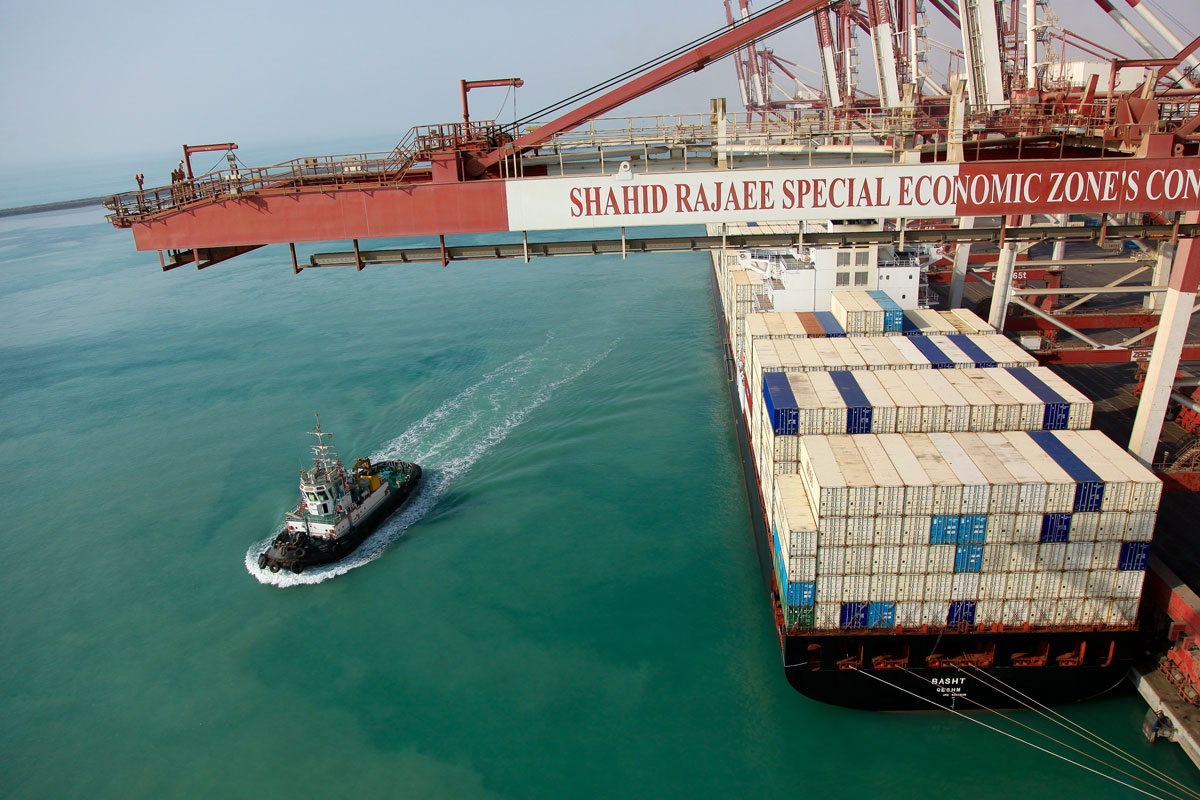Shipping & Logistics
Each year, approximately 50,000 large ocean-going vessels pass through the Persian Gulf and the Sea of Oman. Situated to the north of these international waters, the Islamic Republic of Iran is one of the most strategically positioned regions for the development of the maritime industry. With 5,800 kilometers of coastline in the north and south, Iran offers one of the most significant investment opportunities in the region’s maritime sector.
Globally, 80% of all transportation is conducted by sea, while in Iran, this figure reaches 90%.
Iran ranks 22nd in the world in terms of shipping fleet size. According to a UNCTAD report, Iran has 246 registered ships with a combined carrying capacity exceeding 18 million tons. A significant portion of this fleet is operated by the Islamic Republic of Iran Shipping Lines (IRISL) and the National Iranian Tanker Company (NITC).
International organizations, including UNCTAD, have identified Iran’s extensive shipping fleet as a key instrument in bypassing U.S. sanctions. This was evident in gasoline exports to Venezuela, which successfully circumvented sanctions imposed during the Trump administration.
STRATEGIC IMPORTANCE OF THE STRAIT OF HORMUZ
Further emphasizing Iran’s maritime significance, the U.S. Energy Information Administration (EIA) reports that nearly 17 million barrels of crude oil pass through the Strait of Hormuz daily, destined for Western Europe, the Far East, and the United States. The Persian Gulf remains the primary maritime route for oil exports, with:
•88% of Saudi Arabia’s crude oil
•90% of Iran’s light and heavy crude oil
•98% of Iraq’s crude oil
•99% of the UAE’s crude oil
•100% of Kuwait’s and Qatar’s crude oil
being transported by sea. This represents 90% of all oil exports from the Middle East’s top-producing nations.
With over 50,000 commercial, oil, and gas tankers passing through the Strait of Hormuz annually, this waterway is among the world’s most critical maritime chokepoints. More than 13 million barrels of crude oil are transported through the strait each day. Additionally, the region hosts over 800 oil and gas exploration and extraction platforms, alongside thousands of military and commercial vessels, further highlighting its strategic significance. According to the EIA, the Strait of Hormuz facilitates the transportation of:
•40% of the world’s seaborne oil trade
•20% of the world’s total oil supply
MARITIME TRADE & INVESTMENT POTENTIAL
In the past year, Iran recorded nearly 2.5 million TEUs in financial and commodity transactions with shipping companies operating in the region. In the bulk cargo sector, which accounted for 200 million tons of goods, 95% of general cargo was transported by non-Iranian shipping companies. This underscores the economic viability of maritime trade with Iran and the strategic role of the country’s shipping sector.



